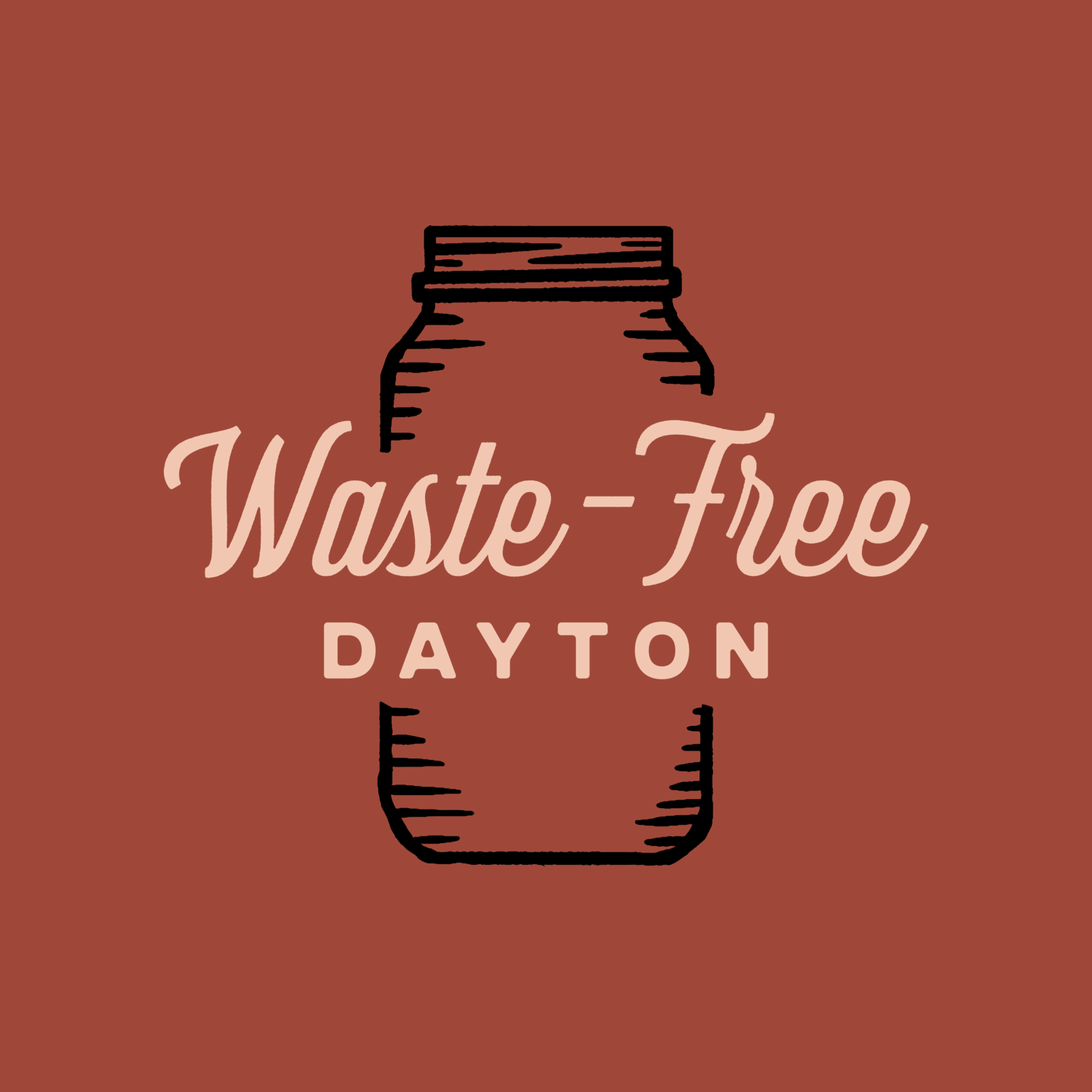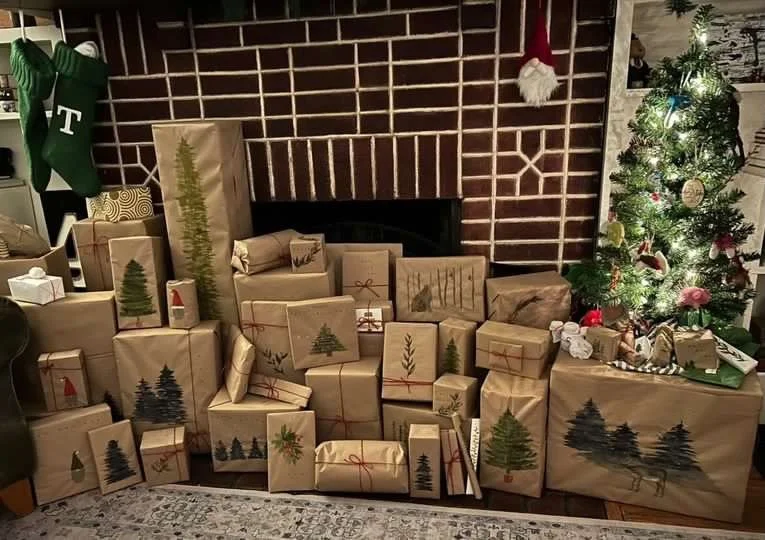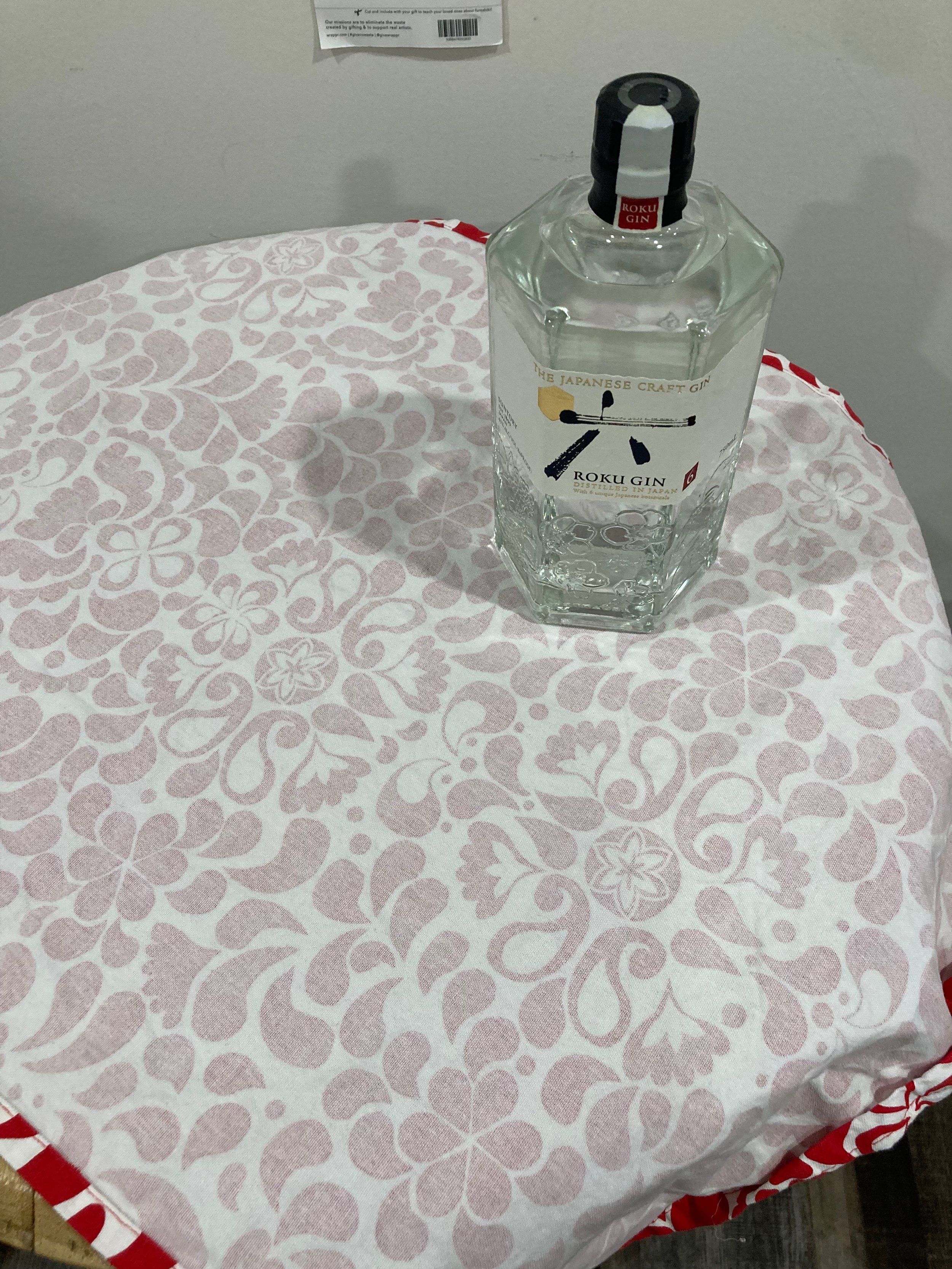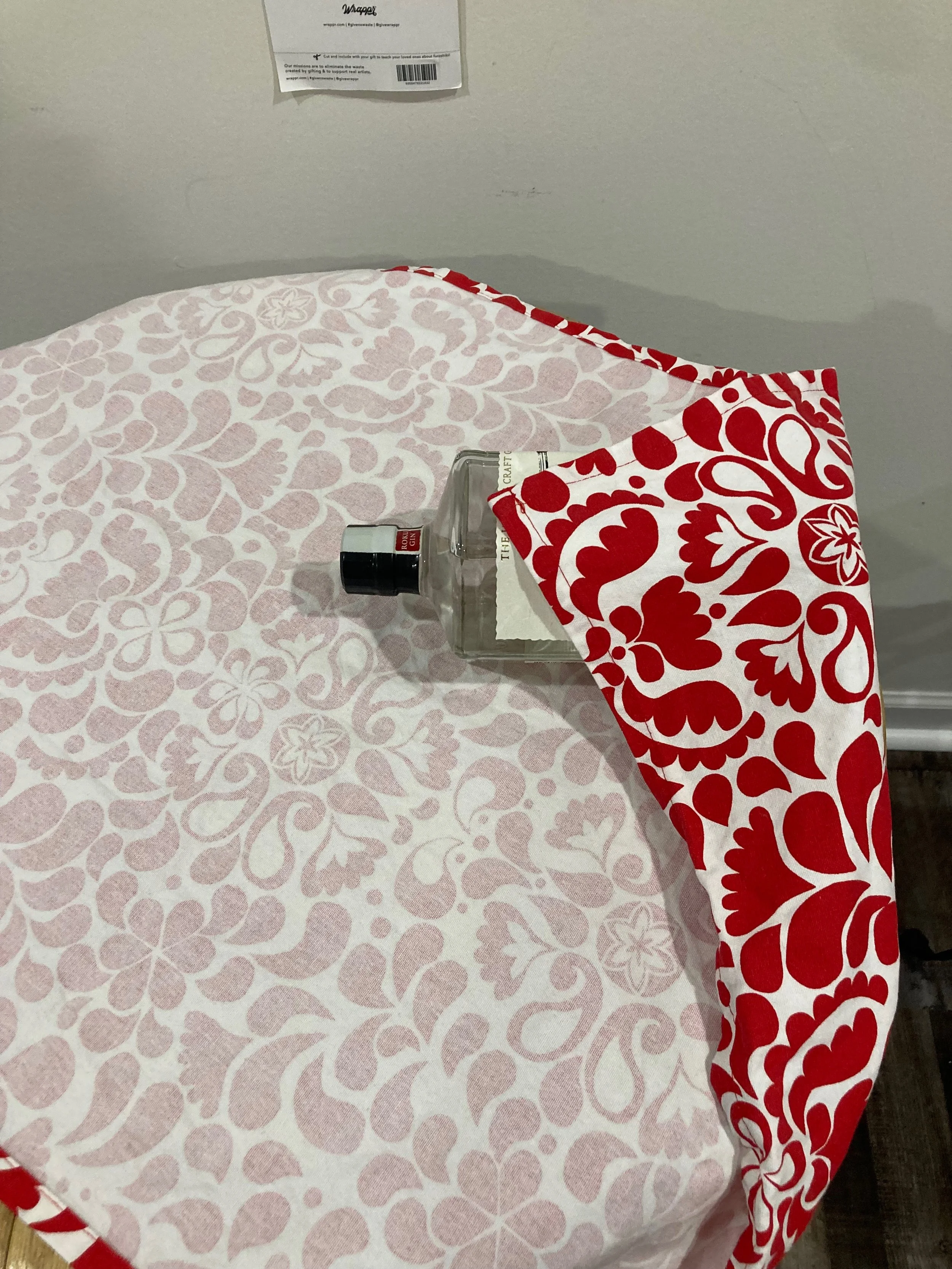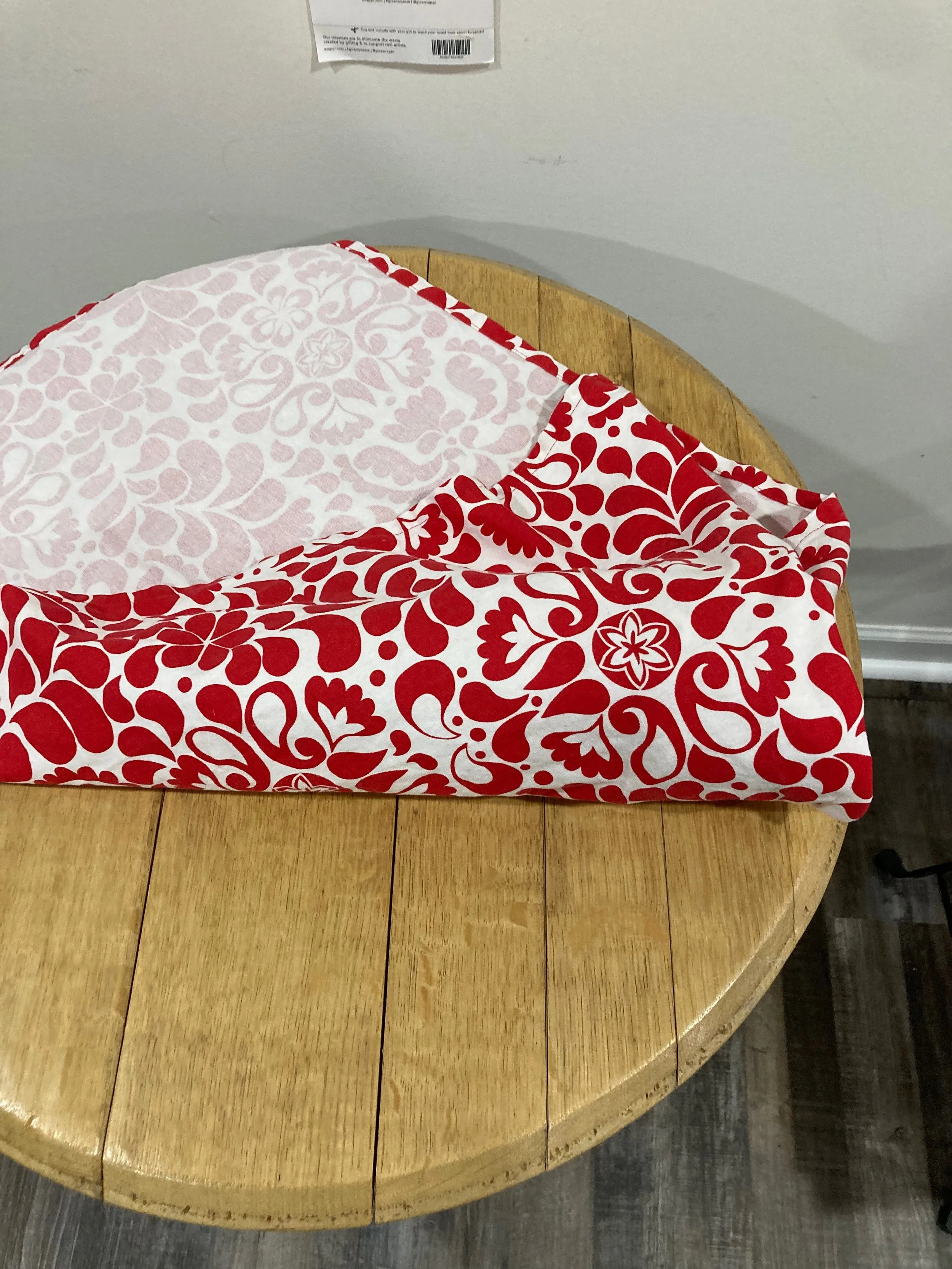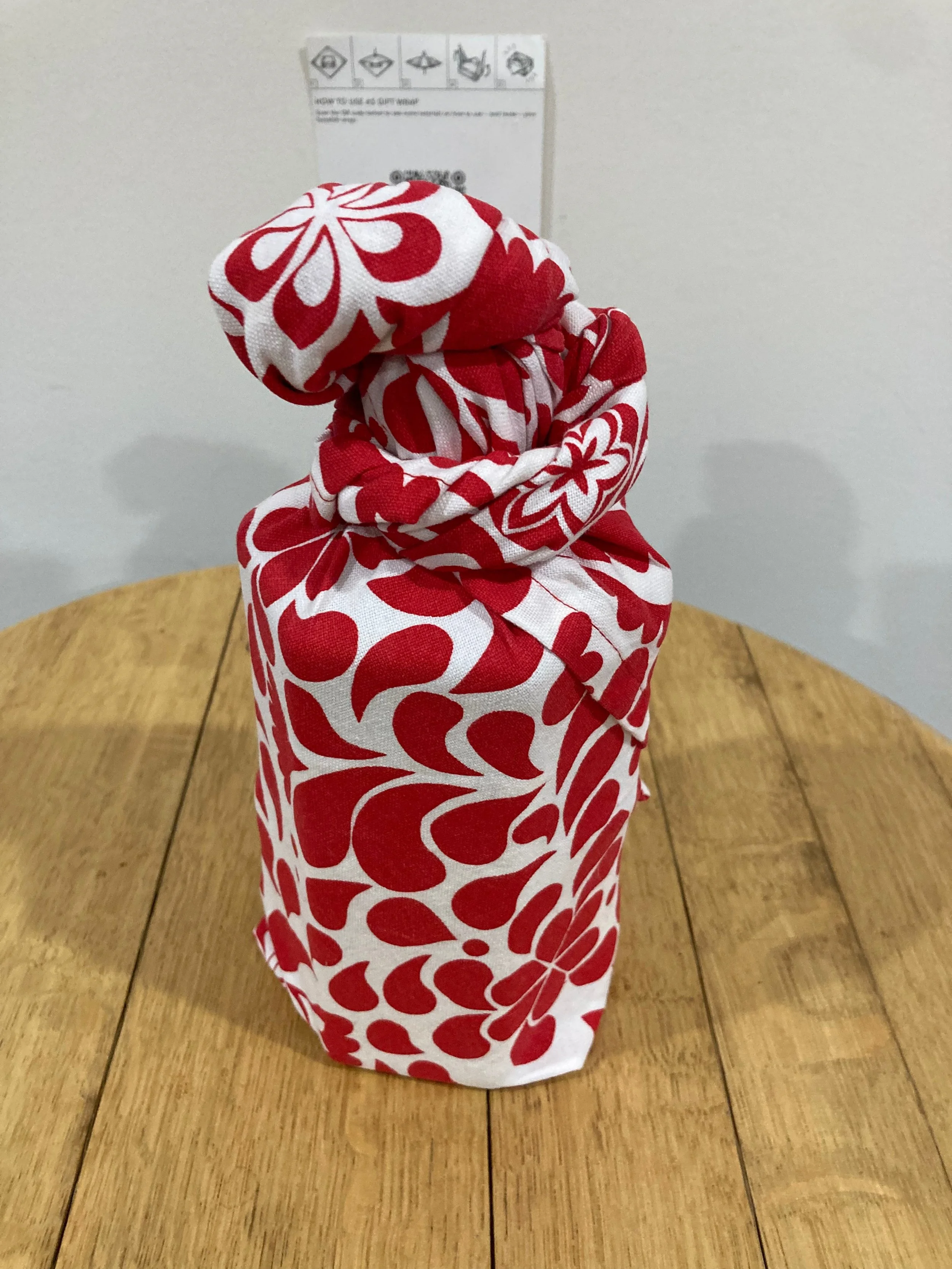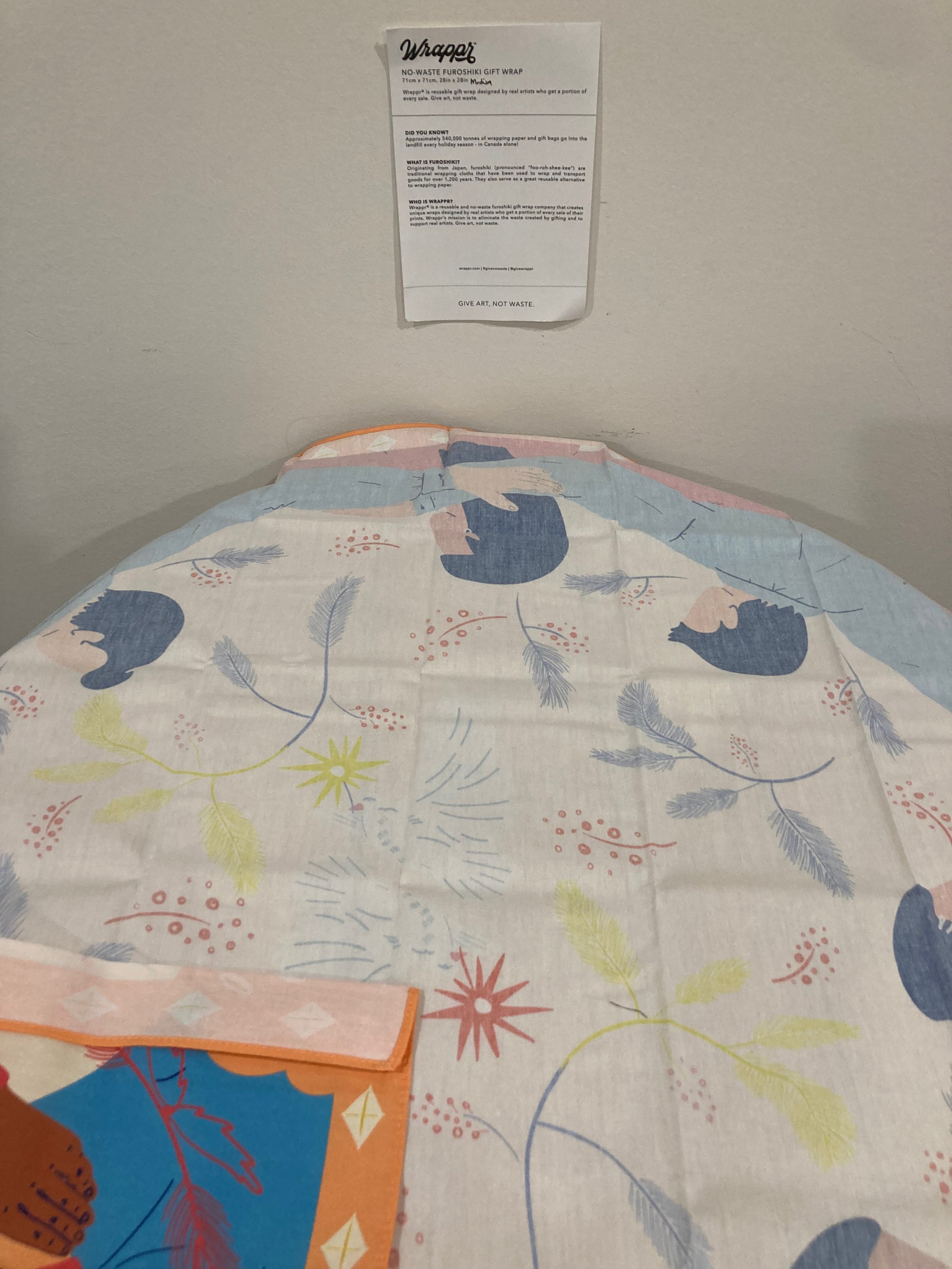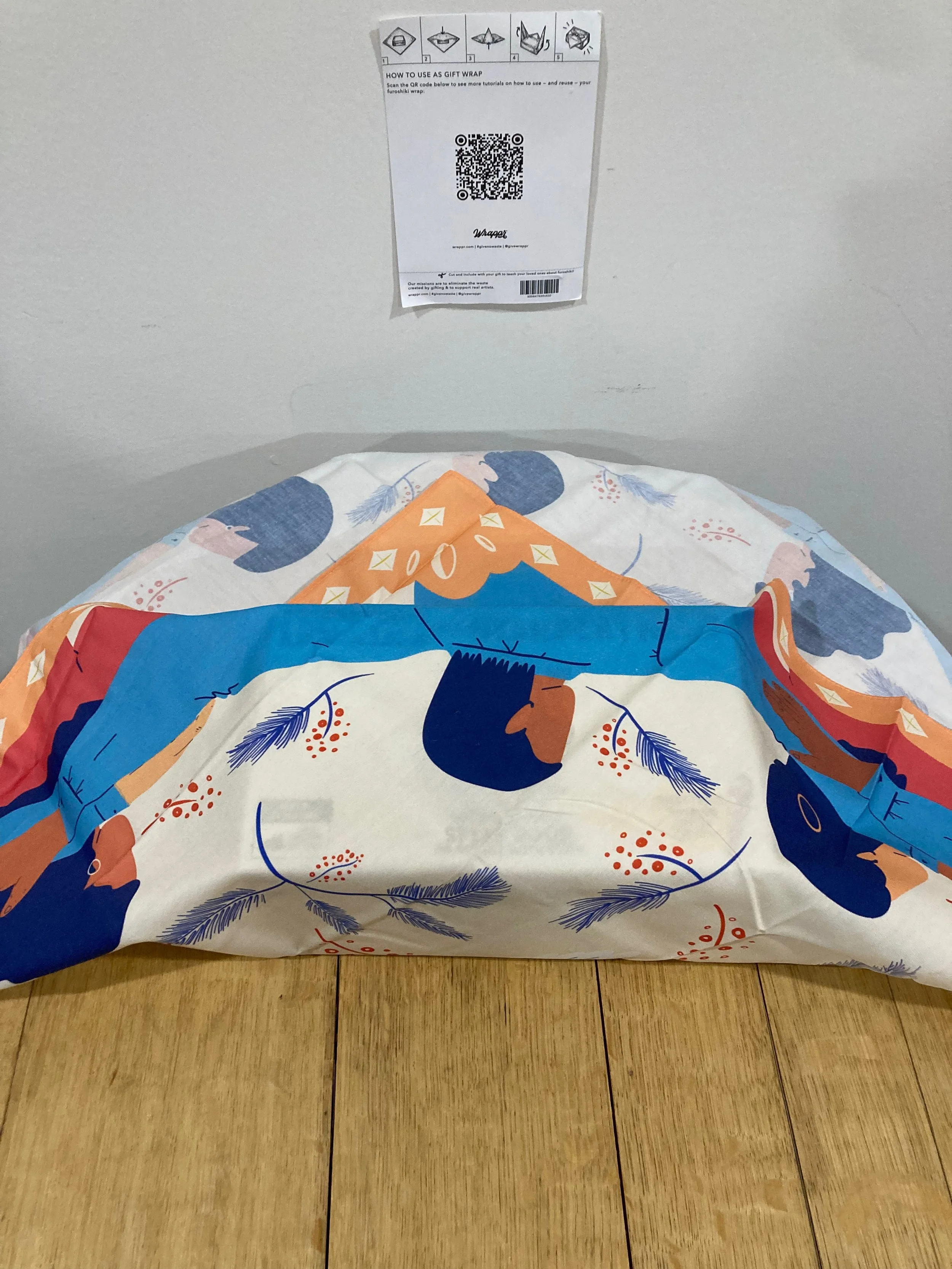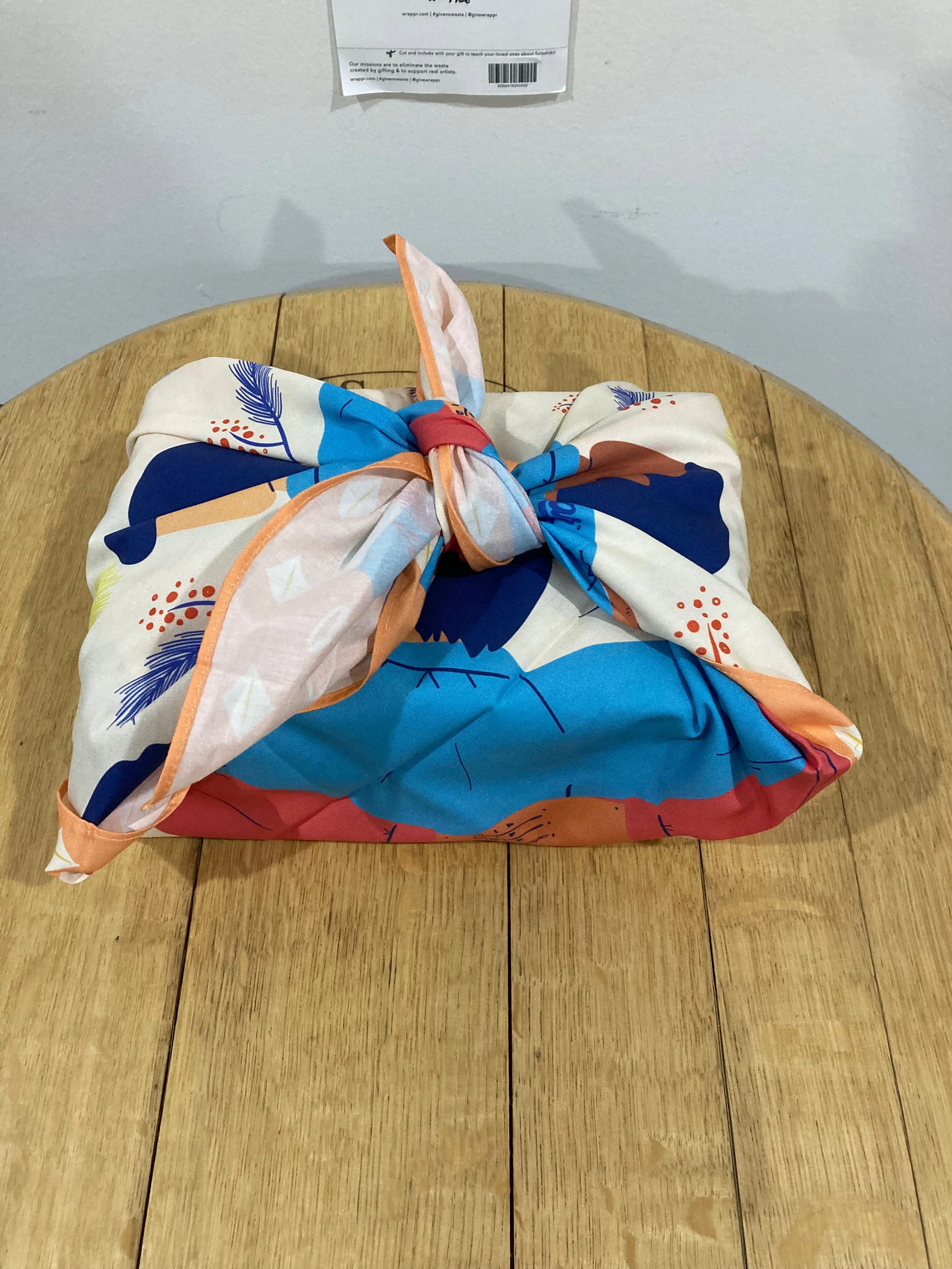Waste-Free Holiday Tips - 2022 Edition
Last year we posted a similar article in December 2021, “Tips for a Waste-Free Holiday Season”, in which we focused on sustainable gift wrapping, giving handmade, secondhand or experiences as gifts, and shopping local. In this post, we will expound on some of those areas, with the addition of a few new tips. As we discover or hear about new tips from others, we will update this post throughout the month.
Gift Wrapping
The amount of money spent on wrapping paper alone is mind boggling (in the billions of dollars!). An estimated half of the 4.6 million pounds of wrapping paper purchased each year ends up in landfills (source Earth911). Could we be recycling our wrapping paper more? Probably, but as we’ve concluded with other consumables, recycling is not always the best option. Further, if the paper contains non-paper additives, like foil or metallics, then it’s not likely recyclable. A few sustainable options include using newspaper, brown craft paper, or fabric as gift wrap. Yes, newspapers that you hold to read instead of reading online do exist. If you don’t subscribe to a print newspaper, maybe your parents or grandparents do and you can abscond with theirs during a visit (preferably after they read it.) We used brown craft paper last year and decorated with stamps, and this year, we have started to save the brown paper that comes in packages. My friend Annie took her craft paper wrapping to the next level, by painting winter scenes on hers and creating art that is worthy of framing.
We mentioned it in passing last year, but this year we are finally trying Furoshiki fabric gift wrap. Furoshiki is a square-shaped Japanese traditional wrapping cloth. Two of Dayton’s small businesses that sell waste-free products, Pink Moon Goods and Reduce & Reuse Refillery, both carry Furoshiki. You can also use tea towels you already own, or purchased specifically for the wrapping so it is two gifts in one, or spare fabric you have lying around. Much like how gift bags get “paid forward” when you reuse a bag somebody gave you, fabric gift wrap can become the new gift bag.
Here are a couple of examples of doing Furoshiki wrapping. The top row is a tea towel, and the bottom row is a Furoshiki wrap that we purchased at Pink Moon Goods.
You will find numerous videos on YouTube that can show you to wrap various types of gifts.
For more information on Furoshiki, including the history and how to wrap various sized objects, check out this article: https://waste4change.com/blog/getting-to-know-furoshiki-the-japanese-method-of-fabric-wrapping/.
Trees and Decorations
One of the big questions this time of the year, if you celebrate Christmas, is, do I get a real or an artificial tree? From a sustainability standpoint, there is a lot “it depends” in what the right answer is for you. If you love the idea of a real tree, then try to purchase real trees from a local, sustainable tree farm. If space is limited in your living area, you could always get a smaller tree that could be planted in your yard, or there is an even an option to rent a tree from a Dayton-area native plant landscaping business (contact Deeply Rooted Landscapes). If you do get a real tree, make sure you dispose of it properly so it doesn’t end up in the landfill (see the section After the Holidays below.)
If you are going to use an artificial tree, try to select a high quality one that can be used for many years or look for one secondhand. There’s always the option of getting creative, and you can make a cardboard tree, or string lights on a wall in a shape of a tree, or other some other alternative.
For decorations, try to use natural materials, like pine cones and branches, and after holidays, you can return them to nature. Here’s an article from The Spruce with 18 ideas.
After the Holidays
Once the holidays are over with, try to make the best conscious, eco-friendly decisions with your decorations. Many communities have options for composting your live trees. Last year, Five Rivers MetroParks sank 500 trees in Eastwood MetroPark. You can also drop off you tree at the Wagner Ford Landfill or the Montgomery Country Transfer Station.
Picture from Tree Sinking at Eastwood in Feb. 2022. Source: Dayton Daily News, https://www.daytondailynews.com/local/hundreds-of-christmas-trees-get-new-life-in-eastwood-lake/3MVMX64YWNAEFHOWF5XGDY3LXI/
Five Rivers will also take your holiday lights to be recycled at 7 different locations from December 1 to March 1 (more details here). For any other decorations, it’s better to donate to a secondhand store rather than throwing them out, if they are still usable. Or perhaps you can repurpose a decoration into something else. Bottom line, throwing something in the trash should be the last option to consider.
Conclusion
These are just a few of the waste-free tips that we wanted to highlight this year. For more ideas on being waste-free around the holidays, covering additional areas like thoughtful shopping and food waste, we found this article to be helpful: https://brightly.eco/blog/holiday-waste-generation-and-prevention.
We hope you found this post helpful!

